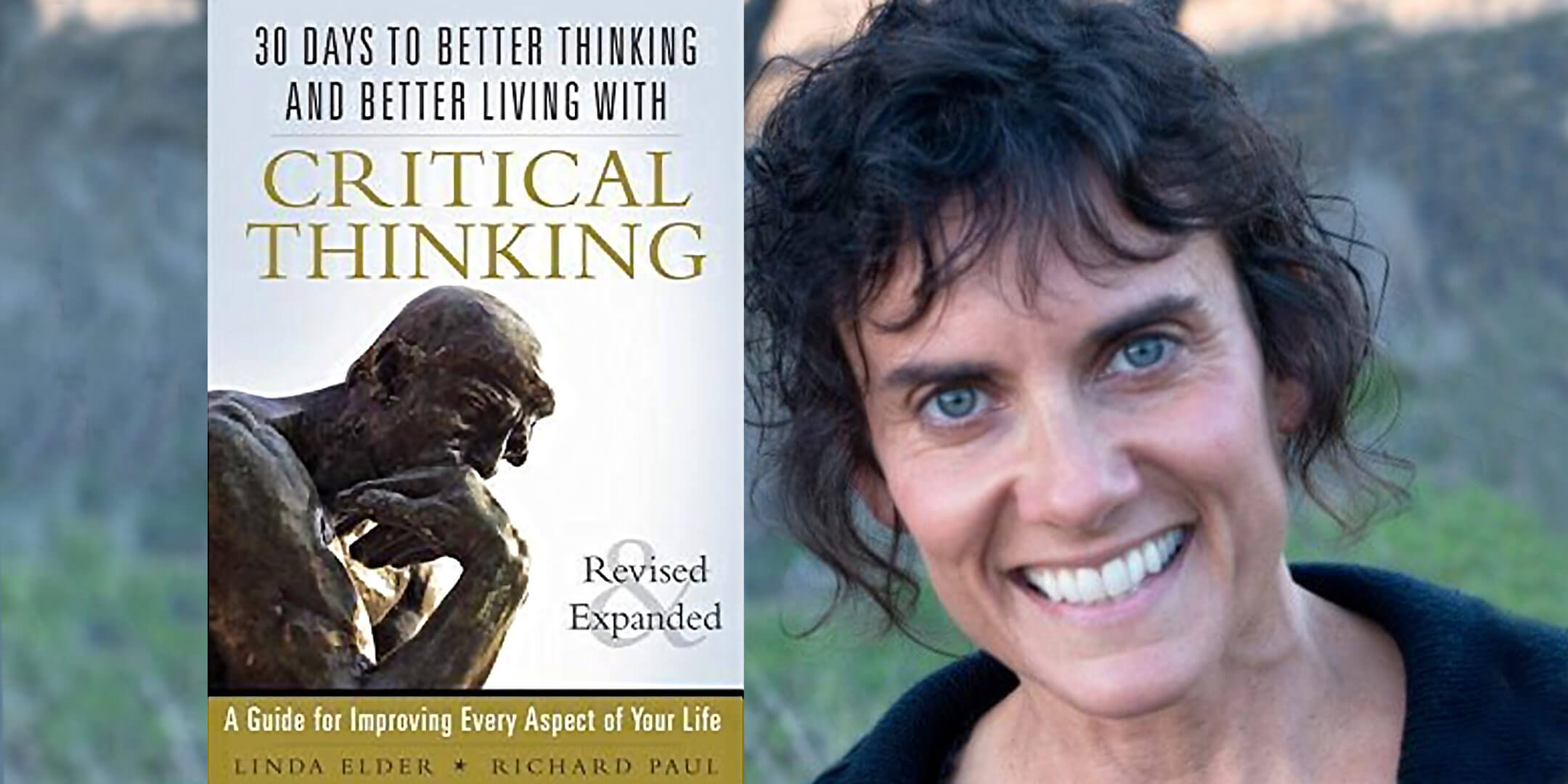What Is The Relationship Or The Interconnectedness Between Critical And Creative Thinking?
By Marcia Banks
Creativity requires criticality and criticality requires creativity.
By Dr. Linda Elder
In an Open Critical Thinking Q&A webinar, June 15th, 2023 The Foundation for Critical Thinking
Script taken from the YouTube presentation:
If all you can ever find are problems in your thinking or in someone else’s thinking, but you can’t create any solutions, then you’re going to fail in the process of thinking critically. A person who is simply critical in the cynical sense is not developing anything of importance.
The person who is creating something of importance is also someone who is thinking critically about the products that they’re creating. If you take any high achieving thinker, within any field, you’re going to see their criticality at work, at least implicitly. For instance, a highly skilled painter will plan a piece to be painted, will think about the process of painting, and then will begin the process using his or her critical thinking. When the painter paints, he may step back and look at the painting, do a little more to the painting, step back and look at it again and may see problems in the painting and come at it from a different angle, thus creating something new in the process.
You cannot think critically without the creative dimension.
If you are thinking creatively as it were, without the critical dimension, then you’re just creating something that may be novel but not significant. For instance, many people can write a novel, yet that novel may not be significant, not deep, not dealing with universal human experiences and so forth. If the writer jots down ideas that they have and they are not addressing deeper points, then their novel may be a novel, but is not creative in the sense of having created something of worth, something that is lasting.
Take the work of Jane Austen. How did she bring critical thinking to the process of creativity? We can see it in every move that she’s making in her novels.
As you are developing your critical thinking abilities you want to be asking yourself, “What am I creating? What am I developing? How is my critical thinking leading me to higher planes of understanding?”
To simply create an idea, to take an idea into the mind itself, requires creativity because it requires you to create the idea in your own mind. If somebody is trying to teach you something and you can’t learn it, it’s because you are not creating it in your own mind.
All ideas that you’re using have been created. Eventually, or at some point, even though you may be influenced by other people in that creativity, you still have to create those ideas. So, there is an intimate relationship between between critical and creative thinking.
Critical Thinking & Creative Thinking Are Closely Interconnected
Taken from the YouTube, responding to a question during the Open Critical Thinking Q&A webinar, June 15, 2023 where she discusses the relationship between critical and creative thinking.
Dr. Linda Elder is an educational psychologist and a prominent authority on critical thinking. She is President and Senior Fellow of the Foundation for Critical Thinking. Dr. Elder has taught psychology and critical thinking at the college level, and has given presentations to more than 20,000 educators. She has coauthored four books and twenty-four thinker’s guides on critical thinking. Concerned with understanding and illuminating the relationship between thinking and affect, and the barriers to critical thinking, Dr. Elder has placed these issues at the center of her thinking and her work.
